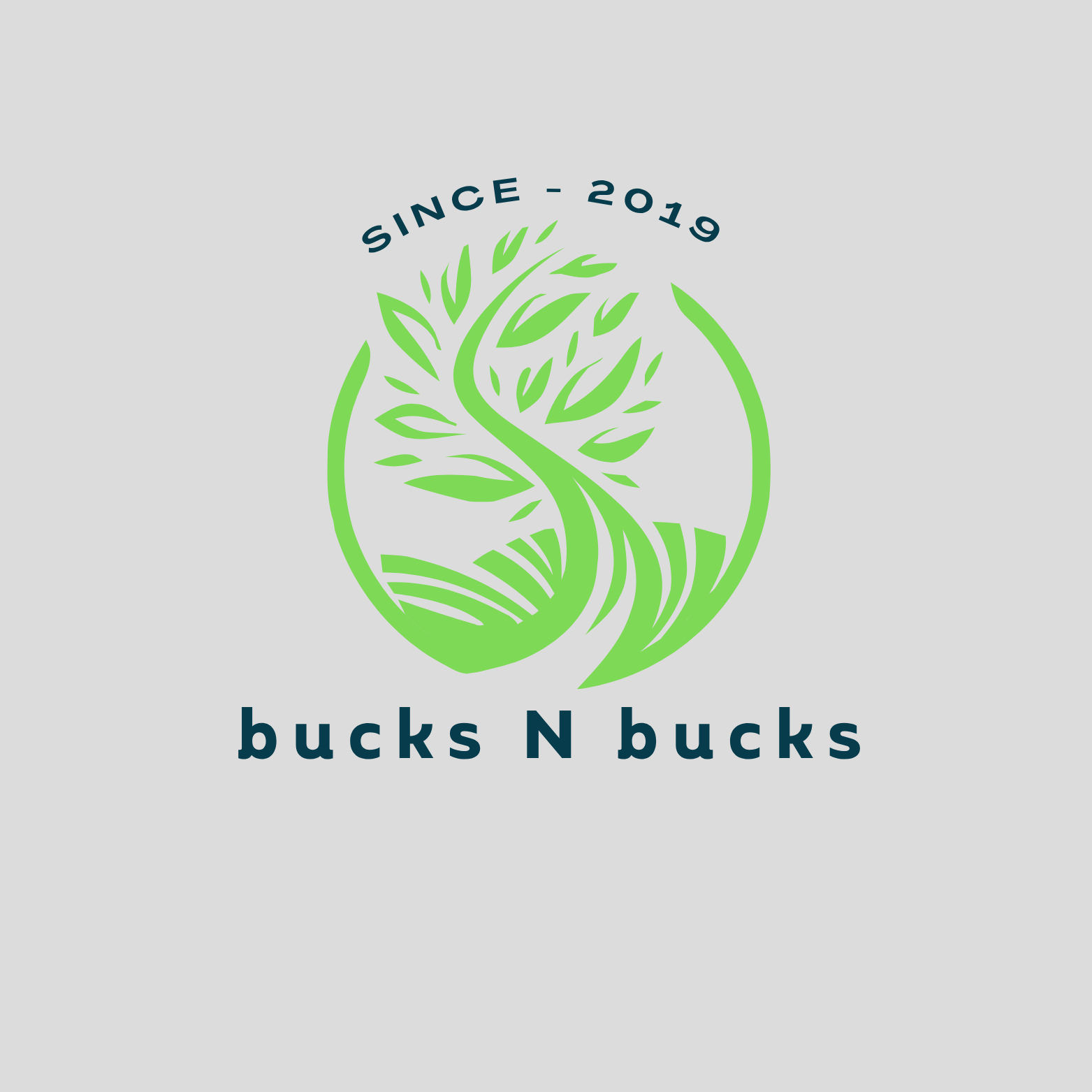We often look at the different market structures to further understand how different industries are classified and differentiated based on their degree and nature of competition for their goods and services. Some of the factors that determine a market structure include the degree of market concentration, the degree of product differentiation, the ease of entering or exiting the market and more focus on the number of buyers and sellers operating in that particular industry. In the sprawling landscape of agriculture, competition often thrives as numerous players cultivate the land and bring their produce to market. However, amidst this vibrant ecosystem, there exist rare but powerful entities - monopolistic agricultural firms. These companies wield significant influence over production levels, distribution, and pricing, reshaping the agricultural landscape in their image. I personally don't believe free markets exist. The father of economics Adam Smith spoke intensively about the invisible hand, a metaphor for the unseen forces that move in the free market economy. In today's conversation, we look into the strategies through which small scale farmers can utilize to achieve monopolistic status, exploring the factors that enable their ascent to dominance.
Perceiving agriculture as a Perfectly Competitive Industry
Perfect competition occurs when there is a large number of small companies competing with each other. They sell similar products and lack the necessary price influence. They can easily enter or exit the market and their customers in this regard have full information about their products. It is somehow useful to compare companies with similar features, but does the pure form of this market structure exist in the real world? Is it safe to conclude that agriculture is a perfectly competitive industry? Let us take a closer look:
Strategies to Monopolistic Dominance
Control of key resources
At the heart of monopolistic power lies control - control over essential resources that fuel agricultural production. By taking a look around you, who do you think yields such control? Whether it be prime farmland, water rights, or propriety inputs ranging from the latest seeds to fertilizers, monopolistic firms stake their claim on these strategic resources, consolidating their grip on the industry. By wielding such control, they dictate terms to competitors and shape the trajectory of agricultural markets. I urge my fellow farmers to rethink the whole idea of just going with the flow.
Patents and intellectual property
Innovation is a driving force in agriculture, and those who pioneer new technologies often reap the rewards of their ingenuity. Monopolistic agricultural firms leverage patents and intellectual property rights to safeguard their inventions, be it groundbreaking seed varieties or revolutionary farming techniques. Through this protective shield, they establish a stronghold of the market, barring others from replicating their success and cementing their monopoly.
Vertical integration
In the quest for dominance, some agricultural firms adopt a strategy of vertical integration, spanning multiple stages of the supply chain. By owning farms, processing facilities, distribution networks, and retail outlets, these integrated giants commandeer every facet of production and distribution, from field to fork. This vertical alignment empowers them to control prices, streamline operations, and monopolize market access, leaving smaller players in their shadow.
Market consolidation
The agricultural landscape is no stranger to consolidation, as mergers and acquisitions reshape the competitive landscape. Through strategic alliances and buyouts, dominant firms gobble up competitors, expanding their market share and solidifying their position at the helm. This consolidation, driven by economies of scale and strategic imperatives, paves the way for monopolistic tendencies to flourish, with fewer players wielding greater influence over the market.
Brand power and reputation
Beyond tangible assets and regulatory influence, brand power and reputation play a pivotal role in shaping the dominance of agricultural firms. Through exceptional branding, marketing prowess, and a commitment to quality, certain firms carve out a niche for themselves, earning the trust and loyalty of consumers. Armed with this intangible capital, they command premium prices, fend off competitors, and solidify their status as industry leaders.
As you focus on the few strategies I have pointed out, this should allow you to visualize who these firms are which operate from your immediate environment. Therefore, in the dynamic world of agriculture, monopolistic firms cast a long shadow, reshape markets and exert influence far and wide leaving the small-scale farmer with little to no control over their enterprise.

